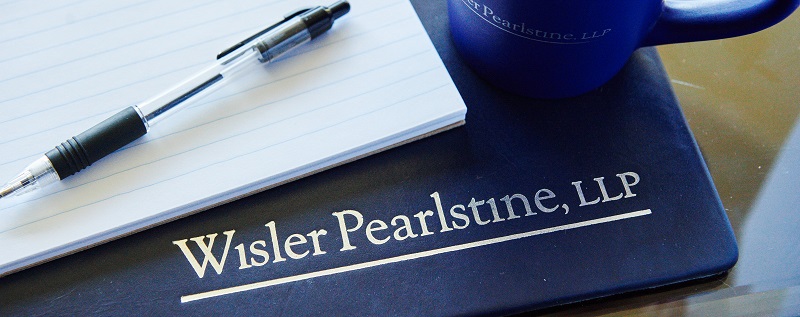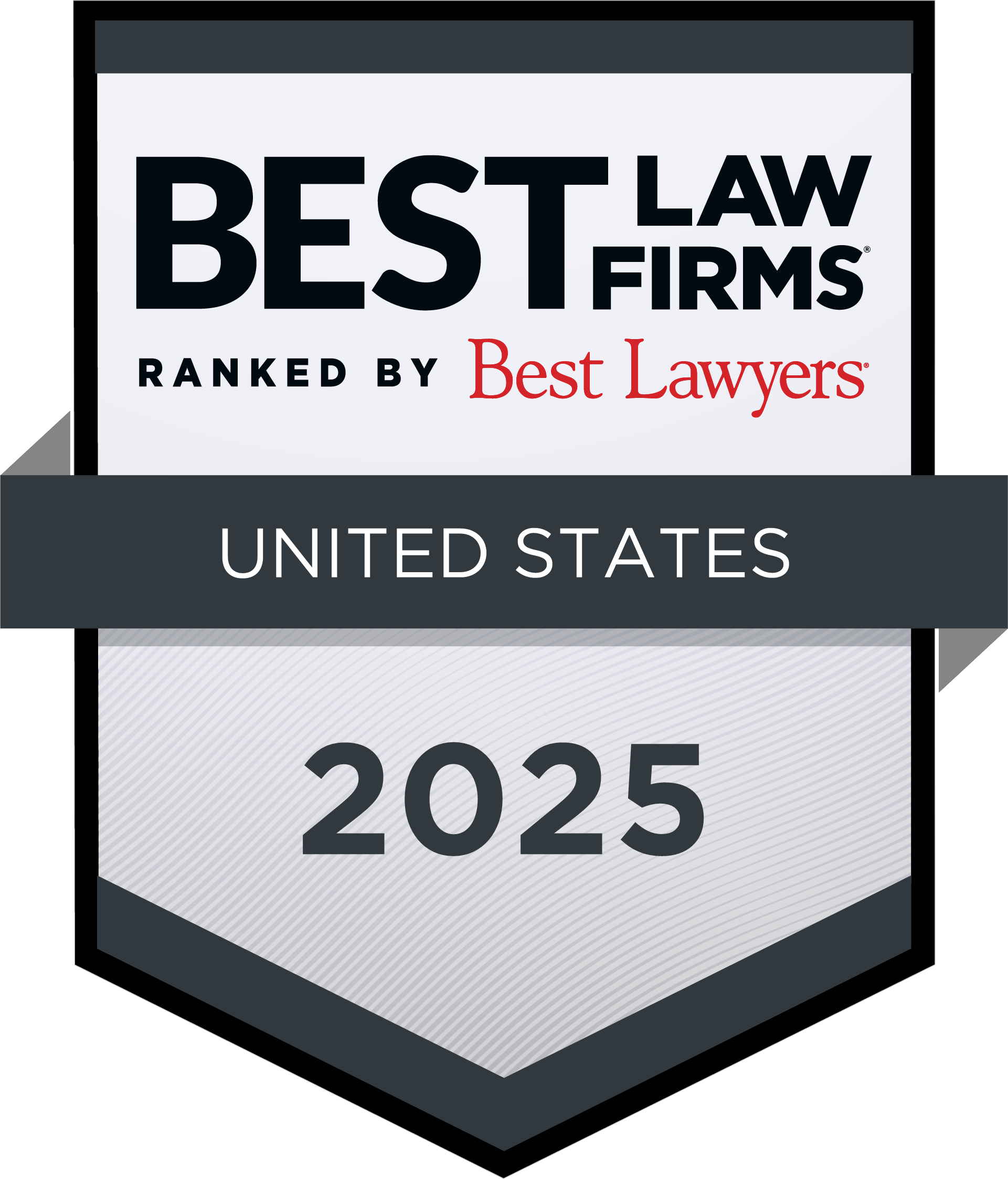

August 31, 2023
Buildings or sites can be the source of community pride, tourism, and stark reminders of what we can achieve or learn about ourselves as a people. But sometimes the push to designate buildings and sites as “historic,” while honorable can also become a cause célèbre, devoid of true significance and stoked by a desire to “win” versus a need to preserve something truly historical.
Preservation of the nation’s and the city’s history is important work. Generations learn and evolve only because their past is known to them. Buildings or sites can be the source of community pride, tourism, and stark reminders of what we can achieve or learn about ourselves as a people. But sometimes the push to designate buildings and sites as “historic,” while honorable can also become a cause célèbre, devoid of true significance and stoked by a desire to “win” versus a need to preserve something truly historical.
When the owner of 5250 Unruh Avenue in Philadelphia’s industrial district received a nominating petition seeking to designate his old warehouse a “historic building” under the city of Philadelphia’s historic preservation ordinance (preservation ordinance), he was confused. The petition, drafted by a local activist group, mentioned an architect, Walter Geissinger, whose firm became famous in the early 1900s after Geissinger had retired from it, made claims about the visibility of the building from public thoroughfares (which were not accurate), and touted historical events and details that had nothing to do with the building (or Geissinger). The owner knew that the building was not historic, had no relation to any historical people or events in Philadelphia, and considered the issue to be dead on arrival.
But he was so wrong.
Slowly but surely, first before a nominating committee for the Philadelphia Historical Commission (commission) and then months later before the entire commission, the indiscriminate brick building nestled among several, actual historic buildings was suddenly designated “historic,” according to commission members and the petitioners—notwithstanding the plain language of the preservation ordinance and the absence of historically significant facts.
In support of the designation, a few commissioners and community activists argued that “to ‘exemplify’”—a term used in the preservation ordinance—meant merely to be “a ‘typical example’ rather than an exceptional one.” The supporters also claimed, without substantiation, that workers from the old warehouse—which used to be a textile mill in the late 1800s—joined local clubs and organizations and even lived in the area. They proclaimed that the warehouse was “highly visible” from public thoroughfares. One commissioner, during deliberations, noted that the so-called “architect” of the warehouse “did not have to be innovative to be influential.” No one, however, cited one example of how this ordinary warehouse, nearly invisible from every public thoroughfare, qualified as “historic” within the words of the preservation ordinance.
The owner presented George Thomas, a renowned historical and architectural expert for the Philadelphia region in rebuttal. Thomas provided a detailed deconstruction of the petitioners’ arguments. He noted that Geissinger was neither a prolific nor influential architect because Geissinger’s work did not influence the historical, architectural, economic, social or cultural development of the city. While Geissinger did design buildings, that fact alone does not support a broad claim of his importance or significance to the city. Geissinger’s firm, or really a successor to his firm, rose to prominence nearly two and a half decades after Geissinger had retired and the firm was managed under a completely different name. Thomas detailed other salient facts such as the complete absence of support for a claim that the workers from the mill lived nearby and provided instead evidence to show that they actually lived elsewhere.
Ultimately, Thomas concluded that the warehouse did not and should not qualify as “historic” under the preservation ordinance.
The commission’s final vote was not unanimous, with several commissioners voting “no” on the petition. In fact, one commissioner stated that the “building itself seems to be so pedestrian and such and has nothing special or significant about it.” Nevertheless, the commission approved the nominating petition, thereby designating the building as “historic.”
The approval, however, contravened the very meaning of the words in the commission’s own governing ordinances and stretched its mandate so far as to make any distinctions about qualifying as “historic” meaningless. Preserving the city’s history is a worthwhile cause, but when a building bears the moniker of “historic,” many other things change. For example, property insurance costs almost invariably increase. Property maintenance costs can skyrocket as every repair—especially anything structural or aesthetic which is common for old buildings— now requires crafted or specialty services or materials to maintain the building’s historic look. Further, the owner often has the added cost of seeking and securing the approval of the commission because of the very nature of such repairs. It is, therefore, a process that requires an extensive investment of capital and resources by the owner.
The owner appealed the commission’s decision, a daunting task given the abject dearth of case law interpreting the preservation ordinance and the standard for an agency appeal which is notoriously favorable to the agency. The issue on appeal to the Philadelphia Common Pleas Court centered squarely on the standards by which to designate a building as “historic” under Section 14-1004(e) and Section 14-1004(j) of the preservation ordinance.
To understand those sections, one must first scrutinize the commission’s enabling act itself. The Philadelphia Code mandates the purposes of the Commission are to “promote sustainable and environmentally responsible practices by … restoring and conserving the city’s natural and historic resources.” See Phila. Code Section 14-1001(2)(c). Further, registering a building as “historic” is meant only for structures “significant to the city.” Because the commission can act only pursuant to its statutory authority, it can therefore only designate structures or buildings “historic” under the preservation ordinance which are “significant” to the city, its culture, and heritage. Every enabling section of Section 14-1003, which authorizes the powers and duties of the commission, mandates that the commission shall:
⦁ Designate as historic those buildings, structures, sites, and objects that the commission determines are significant to the city, pursuant to the criteria of Section 14-1004(1);
⦁ Designate as historic those public interior portions … ;
⦁ Delineate the boundaries of and designate as historic those districts … ;
See Section 14-1003(2)(a)-(c). The preservation ordinance does not define the term “historic.” The law requires that if the statute does not define the operative terms, look no further than the ordinary meanings of such terms. “Historic” is defined in Webster’s Dictionary, and according to its common use, means: a: famous in history; [and] b: having considerable importance.
Webster’s Ninth New Collegiate Dictionary, 573 (1985). And, Merriam-Webster online confirmed that “historic” means: historic: historical: such as. a: famous or important in history [example -] historic battlefields. b: having great and lasting importance a [example – ] historic occasion. Merriam-Webster Online, Historic (Nov. 13, 2020).
Thus, the core tenet implicit in every nomination of a historic building should be that the building must be “famous or important in history” and have “great and lasting importance.” The term historic, its meaning and spirit should be present everywhere in the nomination process, as it should be, because the foundation of every nominated object is that it must be historic.
The property was nominated for designation as “historic” under the following criteria:
⦁ “A building, complex of buildings, structure, site, object or district may be designated for preservation if it is the work of a designer, architect, landscape architect or designer, or professional engineer whose work has significantly influenced the historical, architectural, economic, social or cultural development of the city, commonwealth or nation.” Phila. Code Section 14-1004(e).
⦁ “A building, complex of buildings, structure, site, object or district may be designated for preservation if it exemplifies the cultural, political, economic, social or historical heritage of the community.” Phila. Code Section 14-1004(j).
Thus, in light of the tenets of statutory construction and the ordinary meanings of the words in the preservation ordinance, every building designated by the commission must be both “significant” and “historic” to survive the nominating process. The applicable law mandates that the terms each have independent, yet harmonious meaning. They must complement each other.
In response, the city argued that everything the petitioners and the commission cited qualified the warehouse as “historic” under the preservation ordinance. The city argued that the commission was entitled to deference in its interpretation of the preservation ordinance. In fact, the city argued that “the determination of whether Geissinger was an architect deserving recognition of is an exercise in subjectivity that is solely the prerogative of the commission.”
The Common Pleas Court disagreed with the city, vacated the “historic” designation of 5250 Unruh Avenue, and reversed the commission, thereby returning the nondescript warehouse back to its natural state of being merely another building. The court agreed with the owner’s argument that the preservation ordinance is guided by its actual language. That language, in turn, is bounded by the present-day meanings of the words contained within it. And the commission, while entitled to exercise its “subjectivity,” is nevertheless proscribed from abandoning the plain meanings of the guiding terms in the preservation ordinance. The court’s ruling in favor of the owner showed that sometimes, the words actually matter.
About the Authors:
David M. Burkholder is a partner with Wisler Pearlstine, LLP. He is a litigator who has handled diverse matters in courts and before arbitration panels all over the country including surety, commercial, construction, and a variety of other legal disputes for individuals, nonprofit entities, and large and small corporate clients.
Courtney A. Keaveney is an associate with the firm. She focuses her practice on representing individuals and businesses in a variety of commercial litigation matters, including contract disputes, fraud claims, breach of fiduciary duty claims, contractual interference claims, tort claims, and payment claims and defenses.





